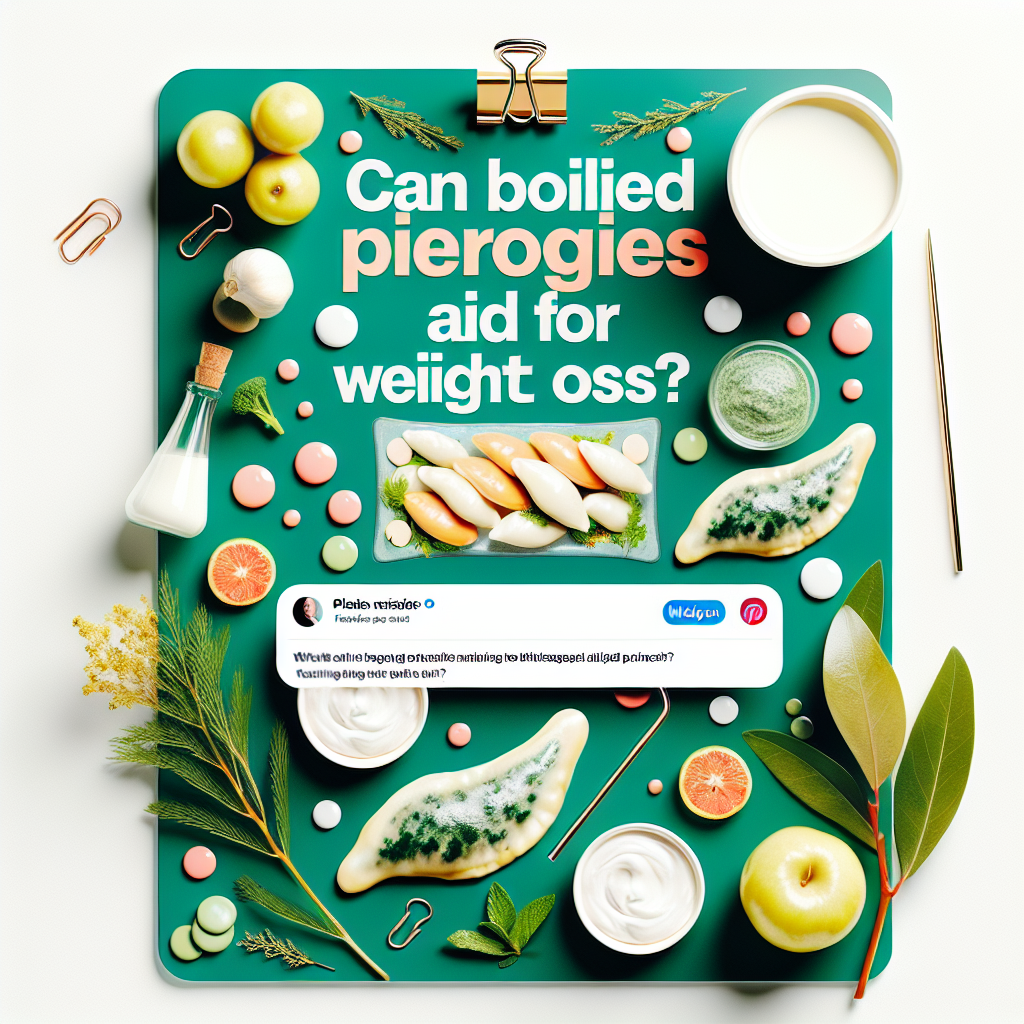can boiled pierogies be healthy for weight loss
Intermittent fasting (IF) has become a popular strategy for weight loss because it simplifies eating patterns and can reduce overall calorie intake without rigid dieting. For people who enjoy comfort foods — yes, even boiled pierogies — IF can create a structure that lets you enjoy favorite meals while improving metabolic health and losing weight when combined with sensible choices.
How IF works (brief science)
IF affects energy metabolism and hormones. During a fast, insulin levels fall, which promotes lipolysis (release of stored fat) and increases fat oxidation. Glycogen stores are depleted within hours, encouraging the body to shift from glucose to fat as a fuel source. Repeated fasting cycles can improve insulin sensitivity and reduce fasting insulin, which helps with appetite control and fat loss. Some cellular benefits (autophagy) are suggested in animal studies and may translate to humans with longer fasts, but the primary human benefit for weight loss comes from reduced calorie intake and improved metabolic markers.
Common IF methods (pros and cons)
– 16:8 (fast 16 hours, eat during 8): Easy to adopt, sustainable for many. Pros: daily routine, preserves social meals. Cons: may be hard for those with evening social eating or high morning hunger.
– 5:2 (regular eating 5 days, very low calorie ~500–600 on 2 nonconsecutive days): Flexible and calorie-focused. Pros: less daily restriction. Cons: low-calorie days can feel rough and may trigger overeating.
– Alternate-day fasting: Eat normally one day, fast or very low calories the next. Pros: strong calorie deficit and results for some. Cons: harder to sustain, can affect energy and mood.
Making boiled pierogies work for weight loss
Boiled pierogies can be part of a weight-loss plan when prepared and portioned wisely. Boiling is lower in fat than frying. Choose fillings and accompaniments to boost satiety: lean proteins (cottage cheese, Greek yogurt, grilled chicken), fiber-rich vegetables or a side salad, and whole-grain or vegetable-based dough when available. Typical small–medium pierogi contain ~80–120 kcal each — aim for portion control (e.g., 2–4 with protein and veg) and avoid heavy butter, fried toppings, or large amounts of sour cream.
Practical tips for beginners
– Start gradual: try 12:12 for a week, then move to 14:10 or 16:8.
– Break fast with a balanced meal: protein + fiber + healthy fats.
– Hydrate: water, herbal tea, black coffee; consider electrolytes if fasting longer.
– Exercise: prioritize resistance training to preserve muscle and improve metabolic rate.
– Plan meals and portions (use pierogies as your carbohydrate, not the whole meal).
Common challenges and solutions
– Hunger: drink fluids, add protein/fiber during eating window, extend fasting gradually.
– Social events: shift your eating window to include gatherings or plan a balanced meal.
– Low energy: time carbs around workouts and ensure adequate sleep and electrolytes.
Who should avoid IF
Not recommended without medical supervision for pregnant or breastfeeding women, children and adolescents, people with a history of eating disorders, underweight individuals, or those on insulin/sulfonylureas for diabetes. Always consult your clinician if you have chronic conditions.
Stay consistent, be patient, and choose foods that nourish you. With sensible portion control — yes, even boiled pierogies — and an IF routine that fits your life, you can create sustainable habits that support weight loss and better metabolic health. Take one small step today and build consistency for lasting change.


